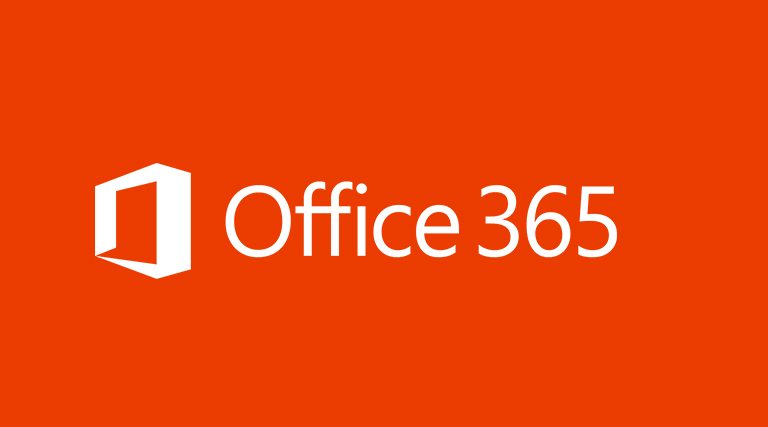Organizations are jumping head first into Microsoft Office 365 looking to take advantage of appealing benefits like network accessibility, reduced operations and built-in security. This all sounds wonderful, but prior to making the plunge, there’s an opportunity organizations have to further streamline the migration project by proactively managing legacy email data. This means addressing data that companies need to keep or want to keep, but will rarely access.
When companies choose to license Office 365, the first thing most companies want to do is leverage Exchange Online and retire their on-premises Exchange server. However, the agenda often changes when those companies work through the implications of using Exchange essentially in the cloud. Not only do they need to move their on-premises services like Active Directory to the cloud, they also need to move all the user data to the cloud. This includes PST files, which are usually stored locally on users’ desktops, but will need some sort of online access as well. Unfortunately there is no online facility for PST files, which creates a migration challenge that can lead to a multi-week or multi-month long project.
[the_ad_placement id=”barracuda-logo”]As companies begin to start migrating, they’re quickly discovering that much of the data that they’re struggling to migrate is legacy email data. But what many folks don’t realize, is that infrequently-accessed data doesn’t necessarily need to be migrated – it just needs to be accessible. By moving Exchange stores and PST files onto an archive platform, IT departments can shrink those on-premises mailboxes to only very recent data, and migrate that to the cloud. This significantly streamlines migrations for a few reasons:
- Corrupt and inconsistent files that lie in older legacy data will be dealt with before an actual migration to the cloud.
- While PST issues abound, powerful migration software can automate solutions to orphaned files (i.e., ones without owners) and handling exceptions (i.e., corrupt PST files), and move items from PST files into archive folders at network speeds.
- Users can be pointed to archive folders in advance of their migration to the cloud, since access will be the same after they’ve migrated.
- IT departments can essentially delete legacy mail from Exchange stores since it’s now accessible from archives.
These small, recent mailboxes can be migrated to the cloud very quickly, avoiding bandwidth and latency issues that are inherent in trying to move large amounts of information from on-premises storage to the cloud. The result is a streamlined migration that retains user access yet leverages the power of cloud-based Office 365 and Exchange online. By addressing legacy email data with an archive platform, you’ll save valuable time long after your Office 365 migration is complete, and you’ll be well on your way to enjoying all the benefits the program has to offer.
- Are you cloud ready? - May 24, 2017
- Ransomware- Either Deny It Exists or Prevent It from Infecting You - July 11, 2016
- Streamlining the move to Office 365 - September 24, 2015



